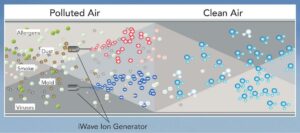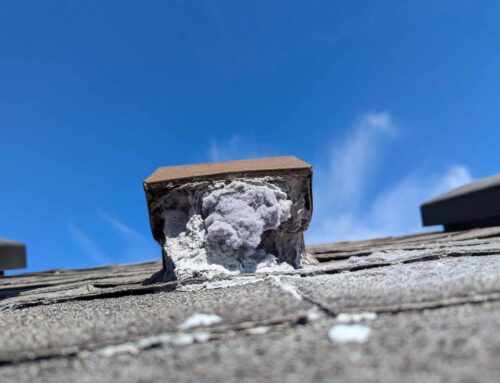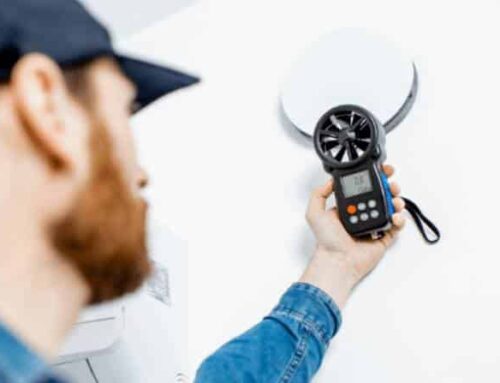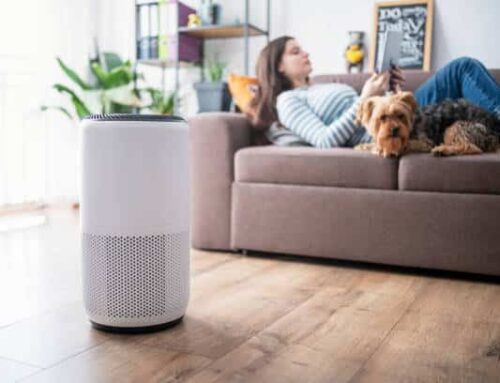With COVID-19’s particularly strong impact on the respiratory systems of those infected, it makes sense to do whatever you can to improve the quality of the air you’re breathing at home every day. In addition, businesses are also looking at improving indoor air quality as a means to help mitigate the spread of disease.
When there are contaminants in the air inside a home or building, poor ventilation only intensifies the problem. Essentially, contaminants build up in the air ducts of the building and then spread as air circulates through the ducts and carries the pollutants throughout the building.
In extreme cases, this can lead to sick building syndrome, which, according to the Environmental Protection Agency, occurs “when building occupants experience acute health and comfort effects that appear to be linked to time spent in a building, but no specific illness or cause can be identified.” After spending time in the office, the otherwise healthy individuals might startto have low energy, irritated eyes, headaches or inability to concentrate.
But even buildings that fall short of being diagnosed with sick building syndrome can have ventilation issues in need of addressing. So, where do you start? Here are three things you need to know about ventilation and COVID-19 when evaluating the indoor air health of your home or office:
1. Upping Your Airflow
When it comes to mitigating the spread of disease indoors, the higher the airflow you have from the outdoors, the better. Opening windows might seem like an easy solution (and it is helpful in most cases), but that’s not always an option in the heat of summer or the chill of winter. Many commercial and residential HVAC systems available today offer higher airflow, sensors that monitor indoor air quality and even air purification abilities. On a simpler level, even turning on bathroom or kitchen fans that vent outdoors will increase airflow.
2. Air Purification for Any Environment
Over the last decade, businesses, warehouses, and even hospitals are now understanding the importance of cleaner air in their work environment. Pollution in the indoor environment can come from dust particles, chemical pollutants, or from things like bacteria and mold. An indoor air purifier is an affordable device that installs in any HVAC system. When air passes over the air purifier, ions produced by the device reduce pathogens, allergens, particles, smoke and odors in the air, creating a healthy environment without producing any harmful byproducts.
3. Consider Your Exposure
The EPA estimates that people spend 90% of their time indoors. That’s a lot of exposure to potential contaminants and viruses depending on where you spend your time (and whom you spend that time with). The more people you have in an enclosed space, the more airflow you need, so limiting the number of people inside your small business, for example, is an important step. Regular air duct cleaning is essential to keeping indoor air quality as good as possible. Regular cleaning not only removes the contaminants from the air ducts in the first place, but it also clears out your equipment so it can work at optimum levels. As always, consult a professional for proper vent cleaning.
Questions about how we can help you improve the indoor air quality in your home or business? Give us a call today (573) 489-8303 or schedule online!







Leave A Comment
You must be logged in to post a comment.